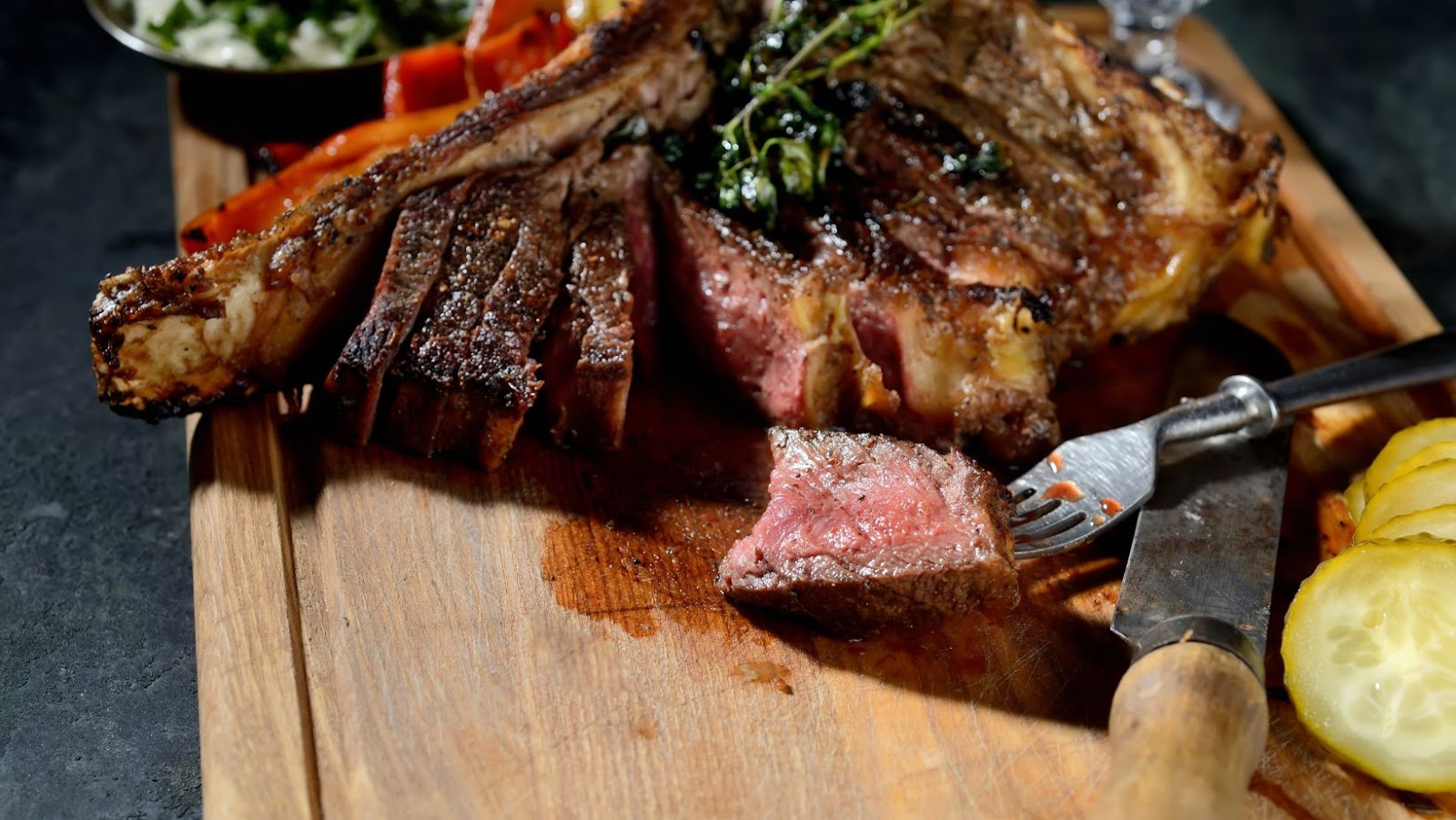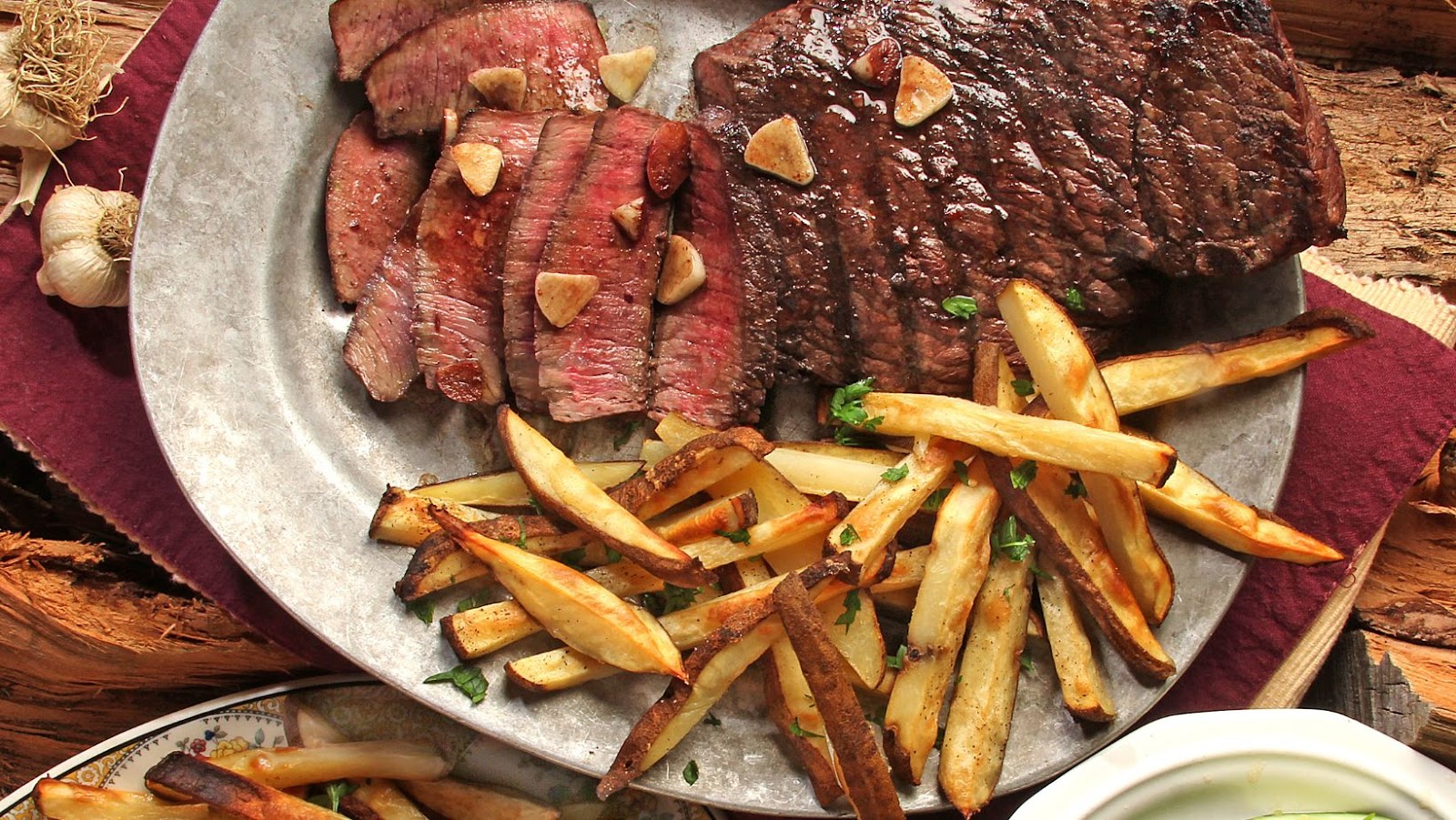How to Serve the Perfect Steak Dinner at Home

Having steak for dinner is usually reserved for special occasions and is usually served at high-end restaurants and steakhouses. But if you can have that experience right in your home, why not. Skip the crowds, have some privacy, and enjoy time with family and friends, all topped off with a crowd-favorite steak like one of these Delicious USDA Prime Filet Mignon Steaks at an affordable price.
However, the whole experience of having steak for dinner won’t be well-appreciated if you’re serving bland meat. If steak is a family favorite in your household, you’ll be glad to have these insights on how to serve the best steak dinner at home, so please read on.
Start With Choosing Great Meat
Cooking and serving the perfect steak at home starts with the quality of the meat you have. Even seasoned and expert chefs can only do so much to improve the palatability of lousy steak. Remember that cooking steak is unique, as the flavor itself mostly comes from the meat, with only minimal additions from what you do during the cooking process.

With that, it’s important to choose great meat. There’ll be a wide range of meat prices, each with its respective cuts, sizes, and classifications. If you’re unfamiliar, ask the butcher what’s the best meat they could offer.
Give the Meat Time to Rest – Twice
Most people who cook steaks think they only need to let the meat rest once. Well, technically, this is true. But, because you’re keen on achieving steak perfection, apply the double-rest rule before and after cooking the steak.
The pre-cooking resting time is approximately half an hour to give the chilled piece of meat enough time to reach room temperature. This is crucial to ensure that the meat gets cooked evenly. Placing chilled meat on the grill or pan may not deliver satisfying results, as this only makes it difficult for the heat to reach all the meat’s layers.
On the other hand, the post-cooking resting time is five minutes. This is done only to give the juices time to redistribute and the fibers to relax. Cutting the steak right after it comes off the heat risks it, resulting in a tough, dry steak.
Tenderize Steak Before Cooking
Tenderizing steak is one of the most important steps because it helps lock in the juices and flavors of the meat. If you plan to cook a thicker cut of steak, you must tenderize the meat. Puncturing holes on the meat gives room for the seasoning and marinade to be well-absorbed. With that, even thick cuts of steak can be easier to chew without losing their flavor.

For your next steak dinner at home, you may want to try one of these different methods of tenderizing steak:
1. Pound
Pounding your steak is one of the easiest ways to soften the meat and break down the fibers. To do this, wrap the steak in plastic and place it on a cutting board. Use the spiky side of the meat mallet to pound the steak. A cast-iron skillet, rolling pin, or hammer may suffice if you don’t have a meat mallet at home.
2. Marinate
Good marinade choices for steak are lemon juice, lime juice, apple cider vinegar, or buttermilk. Soaking the steak in the marinade for thirty minutes to an hour breaks down the meat’s fibers to fully tenderize the steak.
3. Slow Cook
If you have a slow cooker, this tenderizing technique is best for you. Cooking your steak on the slow cooker breaks down collagen, softening tough cuts like chuck roast.
4. Salt
Salting the steak is the simplest way to tenderize it. Salt breaks down protein cells in the meat, enhancing the steak’s flavor and texture. Sea salt or kosher salt tops the list of best salts for this purpose.
Whatever tenderizing method you use, note that what’s most important is to tenderize meat at room temperature, which takes you back to the first point explained above.
Indulge on a Perfect Steak Dinner at Home
With the helpful tips mentioned above, you will be able to cook the perfect steak, all under your belt, quite soon. For something that seems fast and straightforward, a lot can go wrong when cooking steak. This is why it pays to have insights from those who’ve developed their cooking skills through practice. Gone are the days of messing the family dinner with chewy and overcooked steak. Now you’ll be more confident to host steak night at home, serving juicy steaks everyone will surely love.

